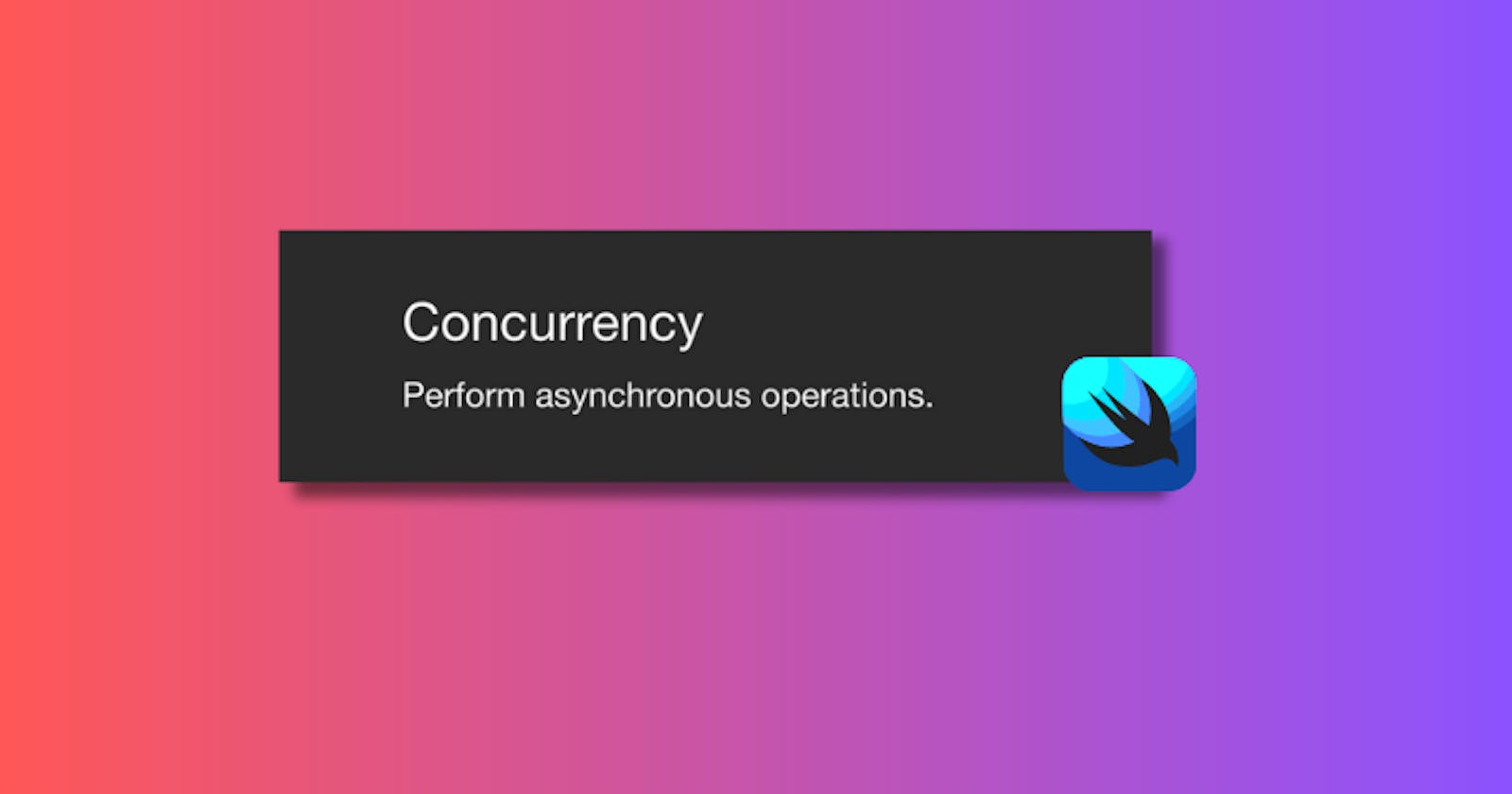Swift Concurrency: Exploring the New Concurrency Features Introduced in Swift
Swift Concurrency is a suite of new features introduced to Swift to make asynchronous programming more efficient and safe. These features leverage cooperative multitasking and have built-in checks to avoid common concurrency problems like data races and deadlocks. This article will guide you through these new features and show you how to harness the power of Swift Concurrency in your projects.
What is Concurrency?
Before diving into Swift Concurrency, let's briefly define concurrency. In programming, concurrency is the ability of a computer to deal with multiple tasks at the same time. Concurrency can make programs more efficient by allowing them to do multiple things at once, and it can also make programs more responsive by allowing them to start new tasks without waiting for old tasks to finish.
Swift Concurrency: Async/Await, Tasks, and Actors
Swift Concurrency introduces three main features to help with asynchronous programming: async/await, tasks, and actors. Let's explore each one.
Async/Await
The async/await pattern, which has become popular in other programming languages, has now come to Swift. With this feature, functions can be declared as async, which means they can perform time-consuming tasks without blocking the execution of other code.
Async functions are called with the await keyword. When an async function is awaited, control is given back to the caller, allowing it to continue performing other tasks. When the awaited function is finished, the caller can resume where it left off.
Here's a simple example:
func fetchImage() async -> UIImage {
// ... Code to fetch image asynchronously
}
func displayImage() async {
let image = await fetchImage()
// ... Code to display image
}
In this example, fetchImage is an async function that fetches an image without blocking the execution of other code. The displayImage function calls fetchImage with the await keyword, signaling that it wants to wait for fetchImage to finish before proceeding.
Tasks
Tasks are another important part of Swift Concurrency. A task is a unit of work that runs concurrently with other tasks. In Swift, you can create new tasks using the Task API.
Here's an example of how to create a new task:
Task {
let image = await fetchImage()
// ... Code to use the image
}
In this example, a new task is created to fetch an image. This task runs concurrently with other tasks, and it doesn't block the execution of other code.
Actors
Actors are a new kind of Swift type that help protect access to shared mutable state, a common source of bugs in concurrent programming. An actor is like a class, but it protects its internal state by ensuring that only one task can access its mutable state at a time.
Here's a simple example of an actor:
actor Counter {
private var value = 0
func increment() {
value += 1
}
func getValue() -> Int {
return value
}
}
In this example, Counter is an actor with a mutable value property. The increment and getValue methods can be called concurrently from different tasks, but the actor ensures that they're not executed simultaneously, protecting the value property from data races.
Swift Concurrency and Error Handling
Swift Concurrency also includes robust support for error handling. Async functions can throw errors, just like synchronous functions, and these errors can be handled using do/catch syntax.
Here's an example:
func fetchImage() async throws -> UIImage {
// ... Code to fetch image asynchronously, possibly throwing an error
}
async {
do {
let image = try await fetchImage()
// ... Code to use the image
} catch {
print("Failed to fetch image: \(error)")
}
}
In this example, fetchImage is an async function that can throw an error. The calling code uses do/catch syntax to handle this error.
Summary
Swift Concurrency is a powerful suite of features that make concurrent programming in Swift more efficient, safe, and easy to understand. With async/await, tasks, and actors, developers can write asynchronous code that's easy to read and debug, and free from common concurrency bugs.
By practicing with these features and understanding their nuances, you can take full advantage of the power of Swift Concurrency in your projects. As always, the key to mastering these new features is to write lots of code and learn from your experiences.

